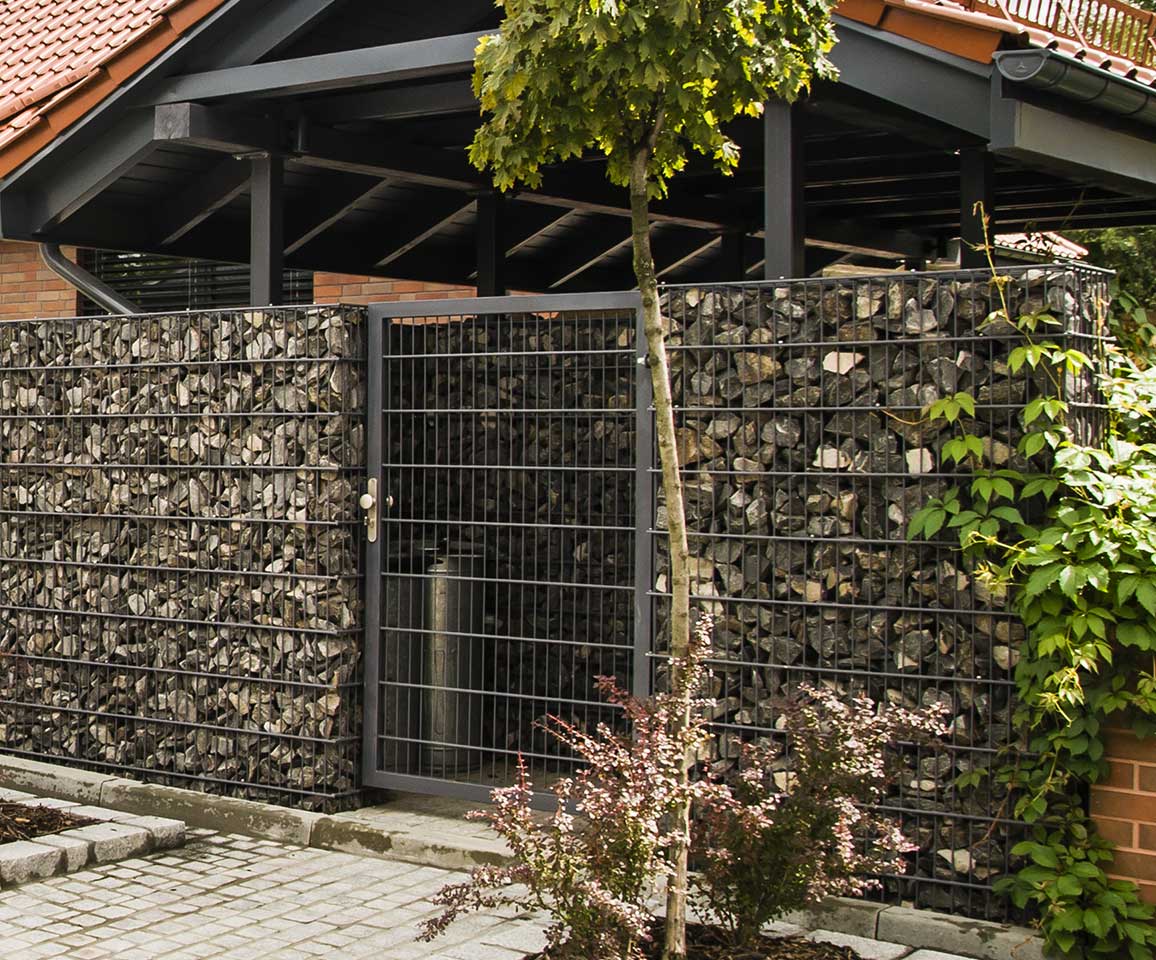Why Property Owners Are Investing in Gates to Mark Territory and Manage Traffic Flow
Why Property Owners Are Investing in Gates to Mark Territory and Manage Traffic Flow
Blog Article
The Evolving Function of Gates in Boundary Setting and Controlled Entry Systems
Gates have long served a dual purpose in both commercial and residential spaces -- marking boundaries and managing access. They are now more than functional structures. They are architectural declarations that demonstrate the owner's responsibility and security. When they are located at the entrance of a private residence, a commercial facility, or a large estate, a gates (brány) sends a unambiguous message that this property is protected, maintained, and under control.

From a boundary perspective Gates are the final physical and visual element that connects landscaping and fencing to mark the edge of a property. They represent more than the lines on the map. A gate that is well-designed and constructed will assure people who pass by that the space beyond is private or protected, helping reduce confusion about where public space ends and private territory begins. For homeowners, this can provide peace of mind. For businesses, it helps to support operations by keeping the premises clean and secure, while limiting access.
Controlled access is among the most important functions that gates perform especially in areas in which safety and security are top of the list. With the development of automated gate systems Keypad entry points, sensor-driven controls, the gate cannot be simply opened and closed with a hand. Property owners now have the ability to manage and monitor access remotely from inside the building. This helps reduce risks, limit visitors who aren't invited, and enhances the overall safety of employees, residents, as well as assets.
In many instances the presence of a gate also hinders casual intruders. It introduces a psychological boundary which prevents access by anyone who is not authorized prior to a physical barrier being in place. This is especially important in residential neighborhoods or properties in rural areas that have clearly marked boundaries can deter trespassing and unintentional visits.

Moreover, the style and structure of a gate add to the property's aesthetic appeal. Gates made of wrought iron as well as wooden sliders or sleek aluminum designs all are a reflection of the design of the property and the tastes of the proprietor. While functionality is paramount but the aesthetic impact of a gate should not be underestimated. It enhances the curb appeal, enhances the architectural integrity, and provides long-term value to the property.
In the end, gates serve an important role in shaping how property is perceived and secured. They define clear boundaries as well as strengthen ownership. They also enable control over who comes in and out. They can be used for security, privacy or for organization gates aren't just structural features -- they are active participants in the management and identity for any building. Report this page